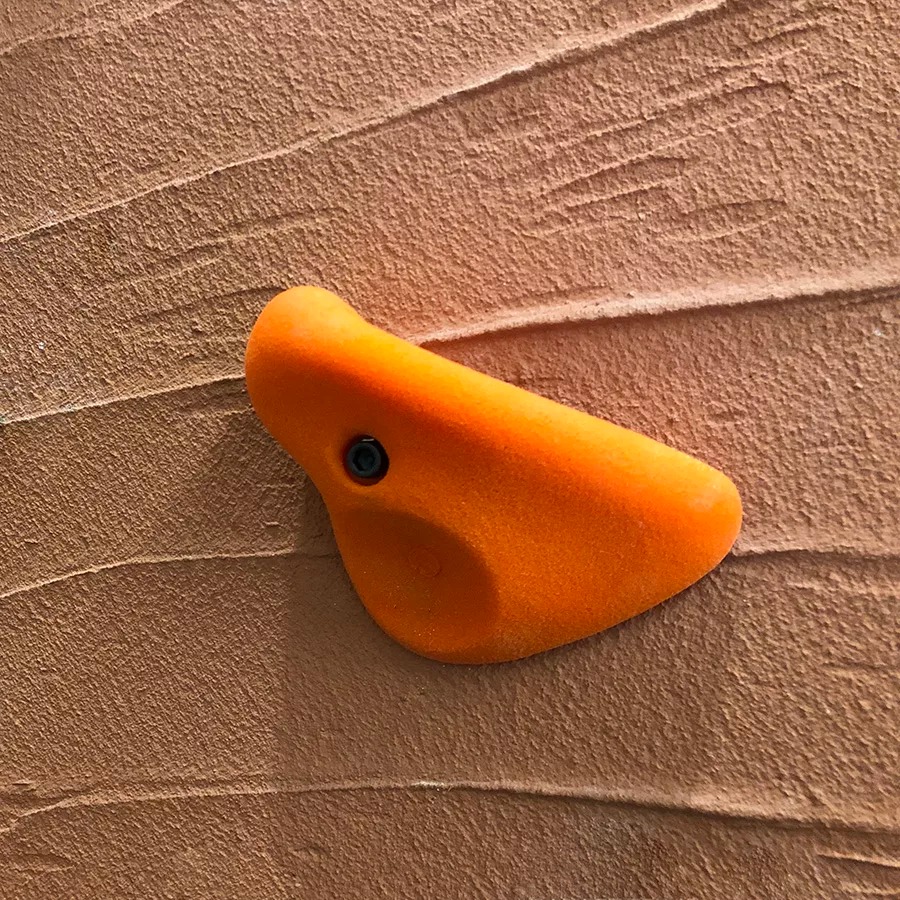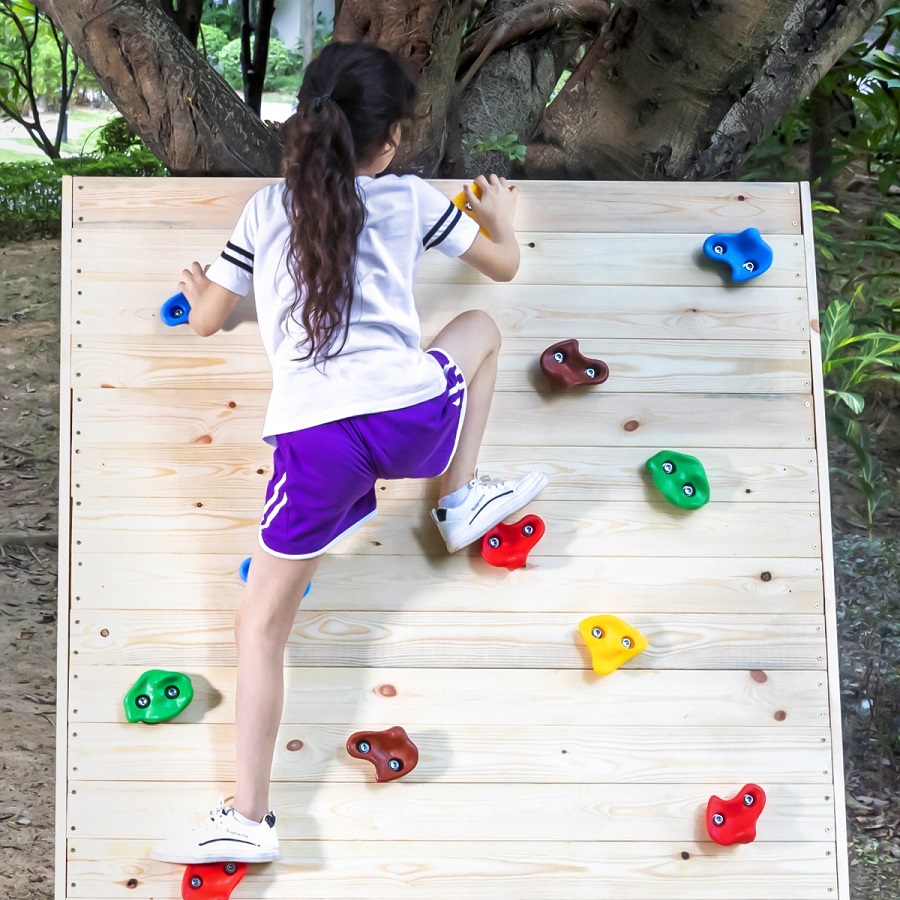Getting Started with Indoor Rock Climbing
Embarking on your indoor rock climbing journey is an exciting moment. But before leaping onto the wall, there are some essential things you need to know. This guide will help you understand what gear you’ll need and how to read climbing walls and routes. With this knowledge, you’ll be ready to start climbing safely and enjoyably.
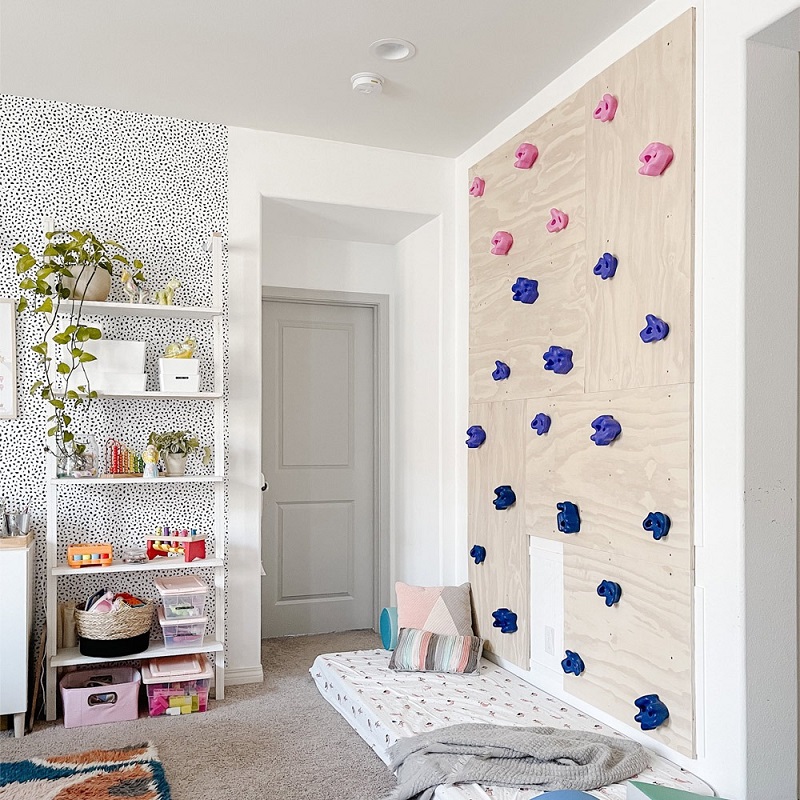
The Basic Gear You Need
To begin climbing, you must gear up properly. The basics include climbing shoes that provide grip, a comfortable harness, a chalk bag for better hand traction, and loose-fitting clothes that allow for movement. For your safety, some gyms may also require a helmet. Always rent or buy quality gear that fits well to ensure the best climbing experience.
Understanding Climbing Walls and Routes
Climbing walls are designed with various routes, marked by colored holds. Each color typically represents a different difficulty level. Start with routes that match your skill level—often indicated by a grading system on the wall. It’s crucial to learn how to read these routes as they guide your path upwards. Pay attention to the angles and holds, as they will challenge your strength and technique as you improve.
Essential Techniques for Indoor Climbing
As a beginner in indoor rock climbing, mastering some essential techniques is crucial. These skills will help you climb more efficiently and safely. We will cover the fundamental moves and grips, before discussing how to develop balance and strength.
Fundamental Moves and Grips
Start with these basic techniques to get a good foothold (literally!) in indoor rock climbing:
- Hand Grips: Learn the different types of grips such as the crimp, pinch, and palm. Use your fingers wisely to save energy.
- Footwork: Practice placing your feet carefully. Good footwork is quieter and conserves energy.
- Straight Arms: Keep your arms straight whenever possible to rely more on your skeletal structure rather than muscle strength.
- Body Positioning: Align your body to reduce strain and reach holds more comfortably.
When you start practicing these moves, keep them slow and controlled. Precision beats speed when you’re learning the ropes.
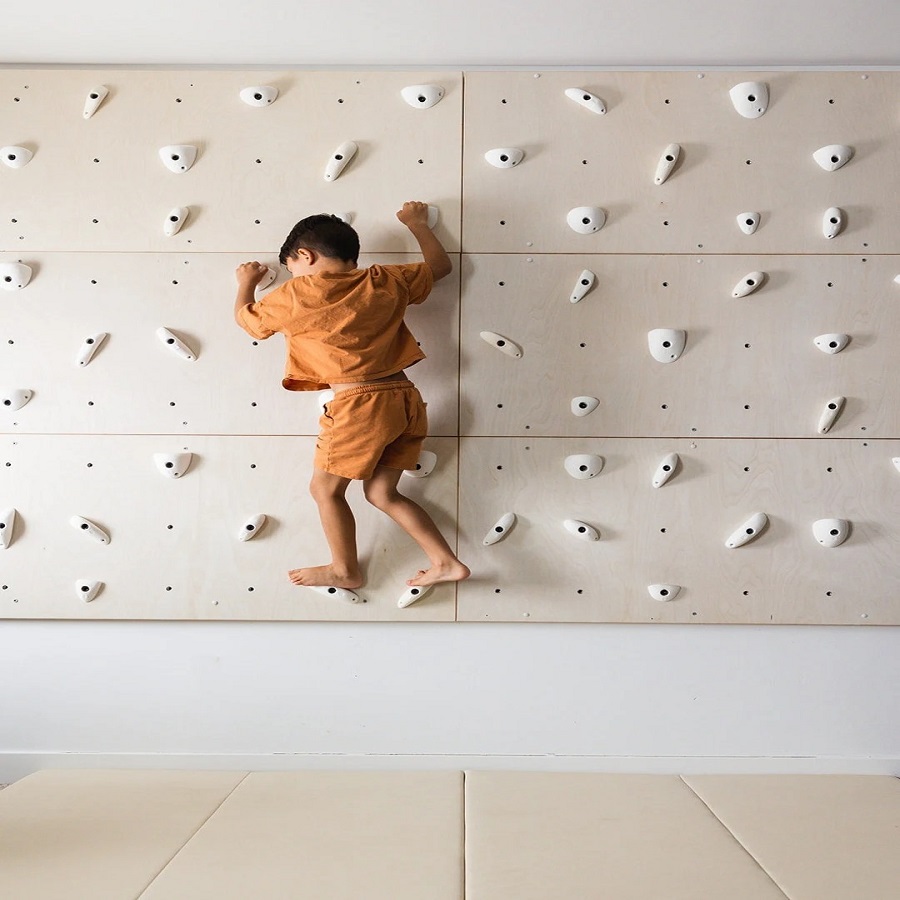
Developing Balance and Strength
Good balance and strength are key to progressing in indoor rock climbing. Here are some ways to enhance these skills:
- Core Workouts: Engage in exercises that strengthen your core. A strong core helps maintain balance and control.
- Leg Exercises: Your legs are powerful. Train them to take more of your body weight.
- Dynamic Movement Training: Practicing dynamic moves can improve your balance and help you understand momentum.
- Rest and Recovery: Build strength by giving your muscles time to recover between climbs.
Remember, balance in climbing is not just physical. It’s also about finding the right pace and approach for each route. Strength is not just about muscle; it’s about technique and mental resilience. Keep practicing, and soon these techniques will feel like second nature.
Safety Measures for Climbers
Safety can never take a back seat when it comes to indoor rock climbing.
Proper Use of Harnesses and Ropes
Your harness is your lifeline. Always double-check that you’ve secured it correctly before you begin climbing. Make sure that the harness fits snugly around your waist and thighs. The rope, too, is a critical safety component. Learn proper rope handling, including knot-tying techniques like the figure-eight follow-through. When it comes to belaying, ensure you or your partner are competent with the belay device and aware of the proper techniques to stop a fall.
Spotting and Falling Techniques
Spotting is essential, especially when bouldering. A spotter’s job is to guide a falling climber away from hazards and help minimize impact. Keep your focus on the climber and be ready to move. If you are the climber, learn to fall properly. Tuck your chin in, avoid landing on your arms, and roll backwards if necessary to diffuse the impact. Always stay alert and communicate clearly with your partner to enhance safety.
Training and Conditioning for Climbing
To excel in indoor rock climbing, you need more than just the basic techniques. Proper training and conditioning can take your climbing to the next level. Here, we focus on two crucial aspects of climbing fitness: core and grip strength, and cardiovascular endurance.
Exercises for Building Core and Grip Strength
A strong core stabilizes your body, while a solid grip lets you hold on tight to the wall. Combine these exercises to build your strength:
- Planks: A simple, effective way to fortify your core muscles.
- Hanging Leg Raises: Boost your grip strength as you work your core.
- Climbing-Specific Pull-ups: Use a hangboard or climbing holds to simulate climbing moves.
- Dead Hangs: Improve your endurance by hanging from a bar or holds.
- Wrist Curls: Strengthen your forearms for better grip.
Start with low reps and sets. Increase gradually as you get stronger.
Incorporating Cardio into Your Climbing Routine
Cardio workouts boost your stamina, a must-have for long climbs. They also help you recover faster between climbs. Here’s how to weave cardio into your routine:
- Running or Jogging: Great for overall endurance.
- Cycling: Builds leg strength and cardiovascular fitness.
- Jump Rope: Improves footwork and rhythm.
- Swimming: Low-impact and builds lung capacity.
Remember, consistency is key. Aim for at least 30 minutes of cardio, three times a week.
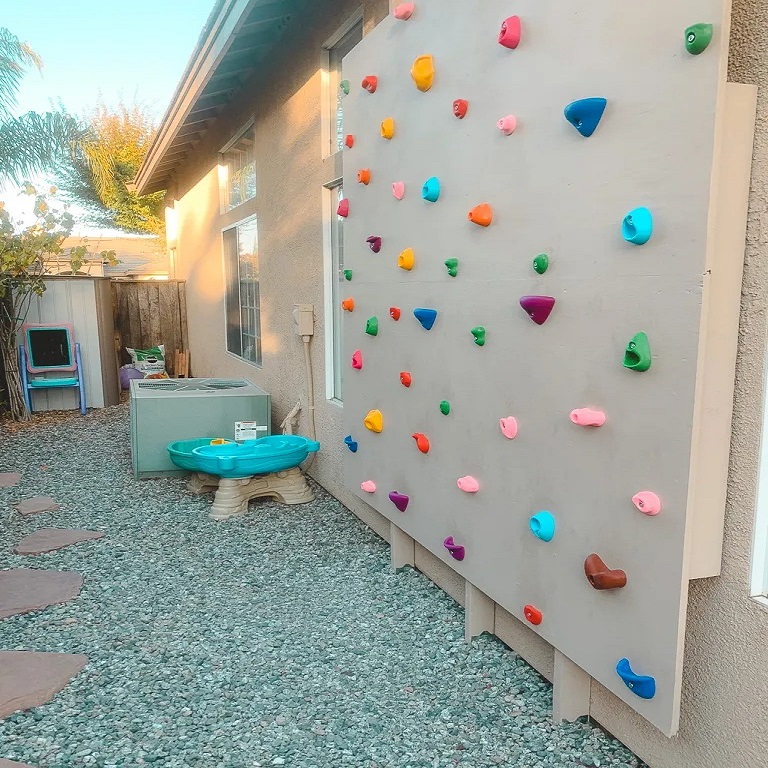
Tips on Choosing Climbing Courses and Gyms
Choosing the right climbing gym and course is vital for your growth in indoor rock climbing. Not all gyms are equal, and the quality of the instructors can make a huge difference.
Evaluating Facilities and Instructors
When evaluating climbing gyms, look for clean and well-maintained facilities. Check for a variety of climbing walls suitable for different skill levels. The place should feel safe and inviting. Instructors should have certifications and demonstrate a clear commitment to safety. They should also provide feedback that helps improve your climbing technique.
Community and Climbing Partners
A supportive community can boost your motivation and provide valuable learning experiences. When visiting gyms, observe if climbers are friendly and supportive of one another. Find out if the gym hosts social events or clubs you can join.
Advancing Your Skills
Improving your skills is the key to enjoying and excelling in indoor rock climbing. As you gain confidence with basic climbs, challenging yourself with intermediate routes becomes the next step. This progression allows you to refine your technique and build more muscle memory.
Transitioning from Beginner to Intermediate Routes
Stepping up from beginner to intermediate routes in indoor rock climbing involves more than physical strength. Focus on the following:
- Analyze Routes: Before climbing, study the route to plan your moves.
- Practice Techniques: Keep perfecting your footwork and grips.
- Seek Challenges: Don’t shy away from routes that push your limits.
- Learn from Mistakes: Each fall teaches you something. Learn and move on.
- Set Goals: Aim to climb higher grades and complete routes with fewer attempts.
Consistency and persistence are your allies as you progress. Remember, the transition is as much mental as it is physical. Take your time and enjoy the journey!
Participating in Competitions and Climbing Events
Joining competitions and events is a great way to motivate yourself and measure your growth. They provide an avenue to:
- Connect with Climbers: Meet and learn from experienced climbers.
- Gain Exposure: Experience different walls and routes beyond your local gym.
- Push Boundaries: Compete in a structured environment and set new personal records.
- Receive Feedback: Judges and fellow climbers can offer valuable insights.
Participation also embeds you more deeply into the climbing community. It helps you embrace the spirit of the sport, where personal achievement and camaraderie go hand in hand.
Climbing Etiquette and Culture
A strong climbing community thrives on good etiquette and culture. As a beginner, understanding this can enhance not only your experience but also that of those around you. By learning the unwritten rules, you immerse yourself into the indoor rock climbing scene with respect and camaraderie.
Understanding Climbing Terminology
Familiarize yourself with common climbing terms. This language includes ‘belay’, ‘crux’, and ‘dyno’, among others. Learn these terms to communicate effectively with partners and instructors. It also helps to follow advice and understand discussions at the gym.
Here are some keywords you should know:
- Belay: The technique of managing the rope to protect a climber.
- Crux: The most difficult section of a climb.
- Dyno: A dynamic move to reach a hold that’s far away.
Respecting the Climbing Space and Fellow Climbers
Always show respect for the gym and other climbers. Keep the space clean and organize your gear. Avoid walking under people who are climbing. Wait your turn for routes and don’t crowd others. Cheer on fellow climbers and offer kind words or advice only when asked. This respect makes indoor rock climbing enjoyable for everyone.
